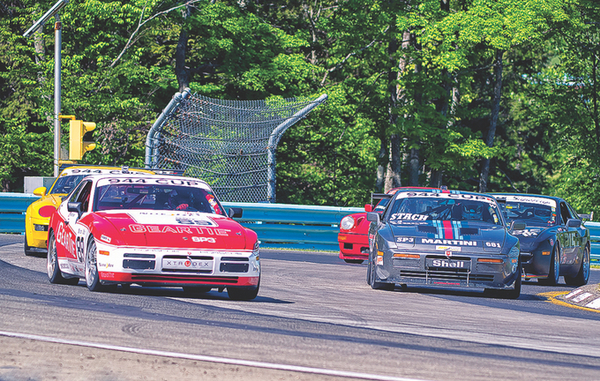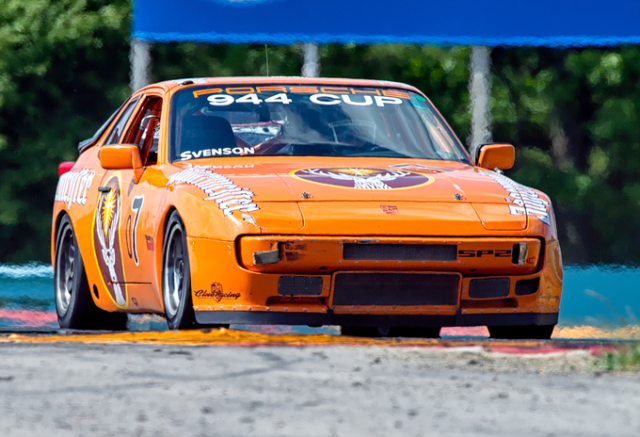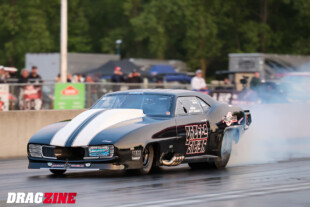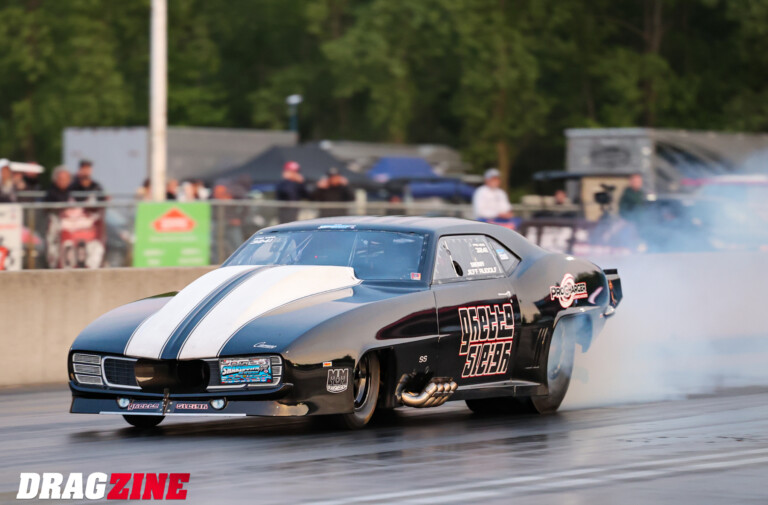Along with Mazda Miatas and BMW E30s, there always seems to be a fleet of Porsche 944s populating the paddock at any trackday or club race meeting. The reason for this is quite simple: they handle remarkably well. They’re also fairly reasonable these days for a Porsche track car. Furthermore, they seem to be able to outrun modern Spec Boxsters, thanks largely to a solid foundation and newer components to bring the aging platform into the 21st century.
A svelte frame is only part of the magic. The Porsche 944 enjoys a transaxle setup and independent suspension at all four corners, and with a relatively short four-cylinder up front, remains a well-balanced car. That balance is supplemented by a 2.5-liter engine which, with a rebuild, makes somewhere in the 130hp range. That puts it comfortably ahead of the Miata and in league with the E30, and that’s without any performance modifications whatsoever.

Though the front-engined Porsches enjoyed a solid base, open rules concerning modifications allow them to run with modern cars like the Boxster.
However, drivers are allowed to make considerable modifications to their powerplant, as long as they’re essentially bolt-on pieces. For instance, air filters and exhaust systems are unrestricted, and engines may only be bored out to .040 over stock. Similarly, aftermarket pistons may be used if they match the dimensions of the standard pieces. This same approach extends to the suspension as well, with drivers allowed to run whatever suspension bushings and shocks as long as the stock geometry is maintained.
The 944 Cup allows for much more modification to the machinery, and does not quite adhere to the ethos of more conservative series like Spec E30, which insist on minimal modifications to keep the field as tight as possible. Instead, 944 Cup allows for a variety of Porsche models to compete, including the 951, 968, and 928 models as long as they adhere to their respective power-to-weight requirements.
This approach satisfies both the tuner and the driving purist, as evidenced by this video. With a 968 running closely with a 944S2 and a 944 Turbo, it goes to show that slipstreaming, late braking, and general racecraft are still relevant here. Yet, the presence of spoilers, splitters, modern tires, and power adders allow the old front-engined cars to outbrake, outgun, and even outcorner a pack of modern, mid-engined Spec Boxsters.
Even with the pack of Spec Boxsters – which are no slouches with 180 wheel horsepower and an approximate weight of 2,650 pounds – the 944 Cups manage to scythe their way through almost effortlessly. If thirty-year old technology can outrun a modern Porsche with the engine in the ideal location, there’s something about the formula that sticks. Not that it seems to outcorner the Boxster by any huge margin, but the combination of performance afforded by upgrades with the 944 Cup keep it in fighting shape on the straights, like when your uncle decided P90X would be a wise investment.






















